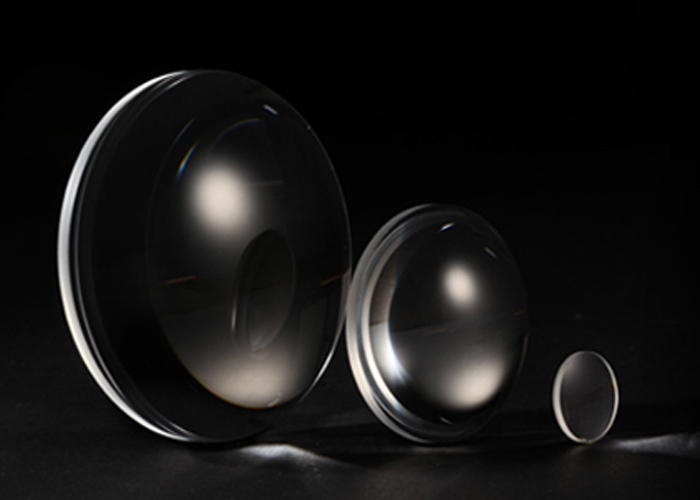Microscopes use the magnifying imaging principle of convex lenses to magnify small objects that cannot be distinguished by the human eye to a size that the human eye can distinguish. It has a variety of types, such as common optical microscopes and stereomicroscopes. Are they also microscopes, how were they different before? Let's learn about it together with the editor below.
(1) Different composition systems
1. The system of a stereoscopic microscope is an optical imaging system composed of a metallographic microscope and a macroscopic camera stage, which is used to form images of metallographic specimens or photographs. Stereomicroscope can directly perform quantitative metallographic analysis on metallographic samples; Macro camera stations are suitable for analyzing metallographic photos, negatives, and physical objects.
2. The optical system of an optical microscope mainly includes four components: an objective lens, an eyepiece, a reflector, and a condenser. Broadly speaking, it also includes lighting sources, filters, cover glasses, and glass slides.
(2) Different application fields
1. Stereoscopic microscopes are widely used in various fields such as textile products, chemical engineering, plastic products, electronic manufacturing, mechanical manufacturing, food processing, printing industry, higher education institutions, archaeological research, etc.
2. The optical microscope is mainly used for experimental teaching.
(3) Different appearances
1. Stereoscopic microscope, also known as "solid microscope", "stereoscopic microscope", or "operating and dissecting microscope", is a type of microscope with a positive and three-dimensional sense. Like a type of positive image with a three-dimensional sense.
2. Optical microscope is a optical instrument that uses optical principle to magnify and image small objects that can not be distinguished by human eyes for people to extract micro structure information. It appears to be flat.
The above is an introduction to the differences between optical microscopes and stereomicroscopes. I believe that after reading this, everyone has a corresponding understanding. You should choose the appropriate microscope according to your needs, and I hope it will be helpful to you.












